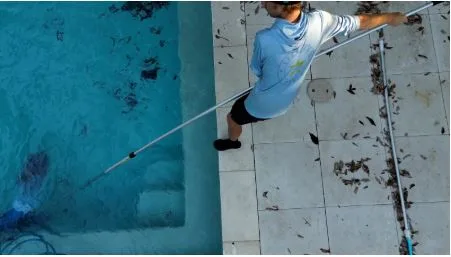Is Your Small Business Wasting Water Without Realising It?
Running a small business means juggling a thousand tasks — and water usage probably isn’t at the top of your list. But that oversight could be costing more than you think. Whether it’s a café with a constantly dripping tap, a car wash running inefficiently, or a manufacturing setup with leaky pipes, water waste adds up quickly — especially when your systems aren’t monitored properly. For those managing equipment or commercial setups, one of the smartest upgrades could be installing reliable flow sensors for industrial applications that catch issues before they get expensive.
If you’re not actively checking where your water is going, there’s a good chance you’re wasting it — and with prices climbing, that’s a hidden cost many small businesses can’t afford.
What Does Water Waste Look Like?
It’s not always dramatic floods or clearly broken pipes. In many cases, water waste is silent, slow, and invisible to the untrained eye. Here are just a few examples of how water can quietly drain your budget:
- A dripping tap that leaks thousands of litres a year
- A hose left slightly running overnight
- Inefficient toilets, dishwashers, or laundry machines in staff areas
- Cooling or heating systems using more water than necessary due to a malfunction
For most small business owners, these things aren’t malicious or careless — they’re simply overlooked. But every litre wasted is money lost, and across months or years, it really adds up.
Why Many Small Businesses Miss It
Small businesses are often busy places with tight budgets. Owners and managers wear multiple hats, and unless a water issue causes an obvious problem, it rarely gets flagged. Many commercial leases also include water costs in the rent, which can blur the true cost of usage — until you face a usage surcharge or system failure.
In short: if you’re not tracking it, you can’t fix it.
Small Leaks, Big Costs
A single leaking toilet can waste up to 750 litres of water a day — that’s more than what an average household uses. Now imagine a leaking pipe in your back storeroom, unnoticed for weeks. Or a mistuned irrigation system for your café garden running during rain.
Not only do these issues increase your water bill, but they also risk long-term damage — mould, rot, or even electrical hazards if left unchecked.
What You Can Do to Get on Top of It
You don’t need to be a plumber to get smart about water use. Here are a few simple and effective ways to take back control:
Walk the Site
Set aside 15 minutes to walk through your premises with fresh eyes. Check taps, pipes, staff bathrooms, dishwashers, and any outdoor watering systems. Look and listen — even a faint hiss can signal a leak.
Track Usage
If you receive individual water bills, compare them month to month. Watch for unexplained spikes. If your usage jumps without a clear reason (like more customers or new equipment), it might be time to investigate.
Educate Your Team
Train your staff to report leaks or drips immediately. They’re your eyes and ears on the ground and can spot issues before they spiral. A simple “See a drip? Say something” approach can work wonders.
Upgrade Where It Counts
Swapping out old taps or fittings for water-saving alternatives can make a huge difference — especially in kitchens and bathrooms with high daily usage. Likewise, servicing or replacing inefficient appliances pays off quickly.
Monitor with Better Tech
For businesses with larger water needs — think workshops, commercial kitchens, or small manufacturing spaces — it’s worth installing basic monitoring tools. You don’t need a full smart building setup to gain insight into your water usage. There are now compact, affordable systems that help you spot overuse early.
Thinking Ahead Saves You Now
Water costs won’t be going down any time soon — and many local councils are already tightening restrictions or charging more for excess use. By addressing the issue now, you’re protecting your business from future price hikes, system failures, and environmental pressure.
It’s not about turning your business into a sustainability case study (unless you want to). It’s about good management. Water waste is often invisible, but the savings from catching it early are very real.
So next time you’re reviewing expenses, don’t overlook what’s flowing silently out of sight. A few checks now can help you save water, money, and hassle — and keep your business running more efficiently for the long haul.





